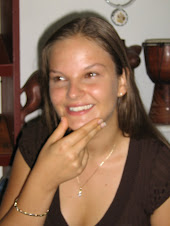
Santo Domingo (city, Dominican Republic)
Formerly Ciudad Trujillo, largest city, chief seaport, and capital of the Dominican Republic, in the southern part of the country, capital of the National District, on the Caribbean Sea. Located at the point where the Ozama River flows into the Caribbean, the city has a fine artificial harbor accessible to most commercial and passenger ships. It is connected by both ship and airlines with principal points in North and South America and is at the hub of a network of modern roads.
Santo Domingo is a tourist, economic, and administrative center. Points of interest include the Cathedral of Santa Maria la Menor (built 1514-1520), believed to contain the remains of Christopher Columbus; the ruins of the palace of Columbus's brother Diego; 16th-century churches, such as San Nicolás and San Francisco; and the fortified walls of the original Spanish town. Educational and cultural institutions include the Autonomous University of Santo Domingo, dating from 1538 and said to be the oldest university in the Americas, and Pedro Henríquez Ureña National University, established in 1966.
Founded in 1496 by Bartholomew Columbus, brother of Christopher Columbus, the city is the oldest European settlement extant in the New World. In 1930 it was heavily damaged by a hurricane but was subsequently rebuilt. In 1936 it was renamed Ciudad Trujillo for the Dominican President Rafael Leónidas Trujillo Molina. It became Santo Domingo again in 1961 after the assassination of Trujillo and the subsequent fall of his regime. In 1965 the city was the scene of an uprising against the ruling government of the Dominican Republic.
Founded in 1496 by Bartholomew Columbus, brother of Christopher Columbus, the city is the oldest European settlement extant in the New World. In 1930 it was heavily damaged by a hurricane but was subsequently rebuilt. In 1936 it was renamed Ciudad Trujillo for the Dominican President Rafael Leónidas Trujillo Molina. It became Santo Domingo again in 1961 after the assassination of Trujillo and the subsequent fall of his regime. In 1965 the city was the scene of an uprising against the ruling government of the Dominican Republic.

No comments:
Post a Comment